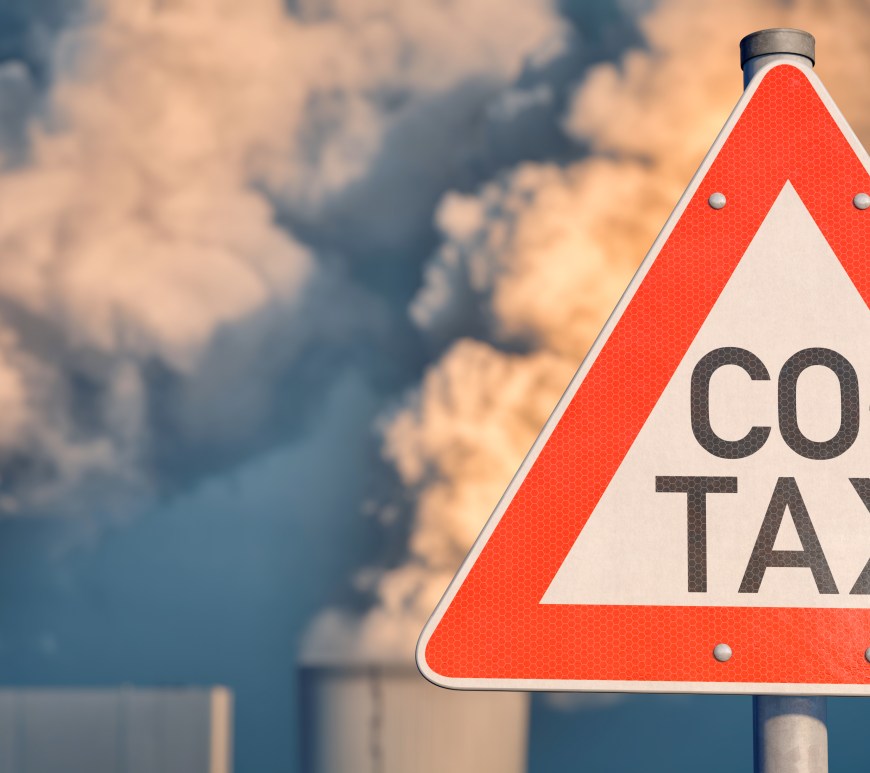
By Professor Barbara De Donno, LUISS Guido Carli, Dr Livia Ventura, LUISS Guido Carli, and Andrea De Maio, EPLO
This blog is part of a special series exploring subjects at the core of the Human-Centred Business Model (HCBM). The HCMB seeks to develop an innovative – human-centred – business model
based on a common, holistic and integrated set of economic, social, environmental and ethical rights-based principles. Read more about the HCBM here, and check out an event about it here
The HCBM project originated in 2015 within the World Bank’s Global Forum on Law, Justice and Development and is now based at the OECD’s Development Centre
 The global financial crisis brought significant economic, social and political changes. It fostered the transition from a shareholders’ capitalism model to a new form of stakeholders’ capitalism, moving from maximising shareholders’ wealth to measuring a company’s social responsibility and environmental impact along with its economic value.
The global financial crisis brought significant economic, social and political changes. It fostered the transition from a shareholders’ capitalism model to a new form of stakeholders’ capitalism, moving from maximising shareholders’ wealth to measuring a company’s social responsibility and environmental impact along with its economic value.
The economic, social and environmental dimensions characterise the “triple bottom line” approach, and are at the core of the inclusive and sustainable economic growth promoted by the Sustainable Development Goals (SDGs) and captured, more generally, by the sustainable development concept of the United Nations 2030 Agenda for Sustainable Development. Implementing this ambitious agenda requires strong co-operation amongst governments, the private sector and the civil society. Indeed, the importance of the business sector as a force for social change is, nowadays, undisputed and the role of enterprises in creating equitable and sustainable economic growth has gained traction in recent years. Consequently, governments worldwide have enacted statutes and adopted policies to foster a sustainable business ecosystem. And part of this ecosystem for greater sustainability is different forms of public “preferred procurement.”
Public procurement is when governments and state-owned enterprises purchase goods, services and works. It is a key factor in the economy and represents a strategic policy lever for states to drive innovation and change down through supply chains. Public procurement represents approximately 12% of GDP on average in OECD countries, almost 30% of total government expenditures, and up to 25-30 % of GDP in developing countries. Thus, it has a high impact on a country’s economic development and can play a critical role in promoting the inclusive and sustainable economic growth endorsed by the SDGs. Currently, public procurement – which is generally guided by the principles of fairness, transparency, openness and non-discrimination – is increasingly inspired by several forms of “preferred procurement”, such as “green procurement”, “social procurement” and “sustainable procurement”. Continue reading “What does public procurement have to do with sustainability?”
Like this:
Like Loading...







 The modern world is in an unprecedented situation. In the last decade, the global population of the forcibly displaced has swelled to
The modern world is in an unprecedented situation. In the last decade, the global population of the forcibly displaced has swelled to  During his speech at the Nobel Banquet, the newly-awarded laureate in Economic Sciences,
During his speech at the Nobel Banquet, the newly-awarded laureate in Economic Sciences, 
 Many argue that current public policies and business practices are not delivering widespread prosperity for people and the planet (
Many argue that current public policies and business practices are not delivering widespread prosperity for people and the planet ( How can we ensure economic development while advancing social and environmental objectives? How can we promote sustainable growth – a concept that in today’s real world may sound like an oxymoron? These questions are at the core of governments’ concerns at a time when the planet and humanity are faced with greater and more pressing challenges than ever before.
How can we ensure economic development while advancing social and environmental objectives? How can we promote sustainable growth – a concept that in today’s real world may sound like an oxymoron? These questions are at the core of governments’ concerns at a time when the planet and humanity are faced with greater and more pressing challenges than ever before. The global financial crisis brought significant economic, social and political changes. It fostered the transition from a shareholders’ capitalism model to a new form of stakeholders’ capitalism, moving from maximising shareholders’ wealth to measuring a company’s social responsibility and environmental impact along with its economic value.
The global financial crisis brought significant economic, social and political changes. It fostered the transition from a shareholders’ capitalism model to a new form of stakeholders’ capitalism, moving from maximising shareholders’ wealth to measuring a company’s social responsibility and environmental impact along with its economic value.
 What’s the path to sustainable development? In this era of the Sustainable Development Goals (SDGs) — when all countries face both new challenges and new opportunities for improving the lives of their citizens in inclusive, holistic and environmentally sustainable ways – the question remains as relevant as ever.
What’s the path to sustainable development? In this era of the Sustainable Development Goals (SDGs) — when all countries face both new challenges and new opportunities for improving the lives of their citizens in inclusive, holistic and environmentally sustainable ways – the question remains as relevant as ever.